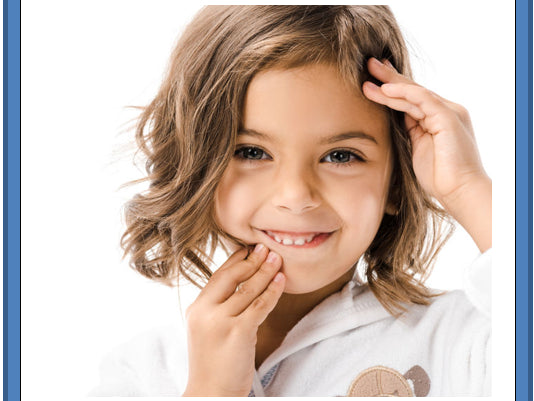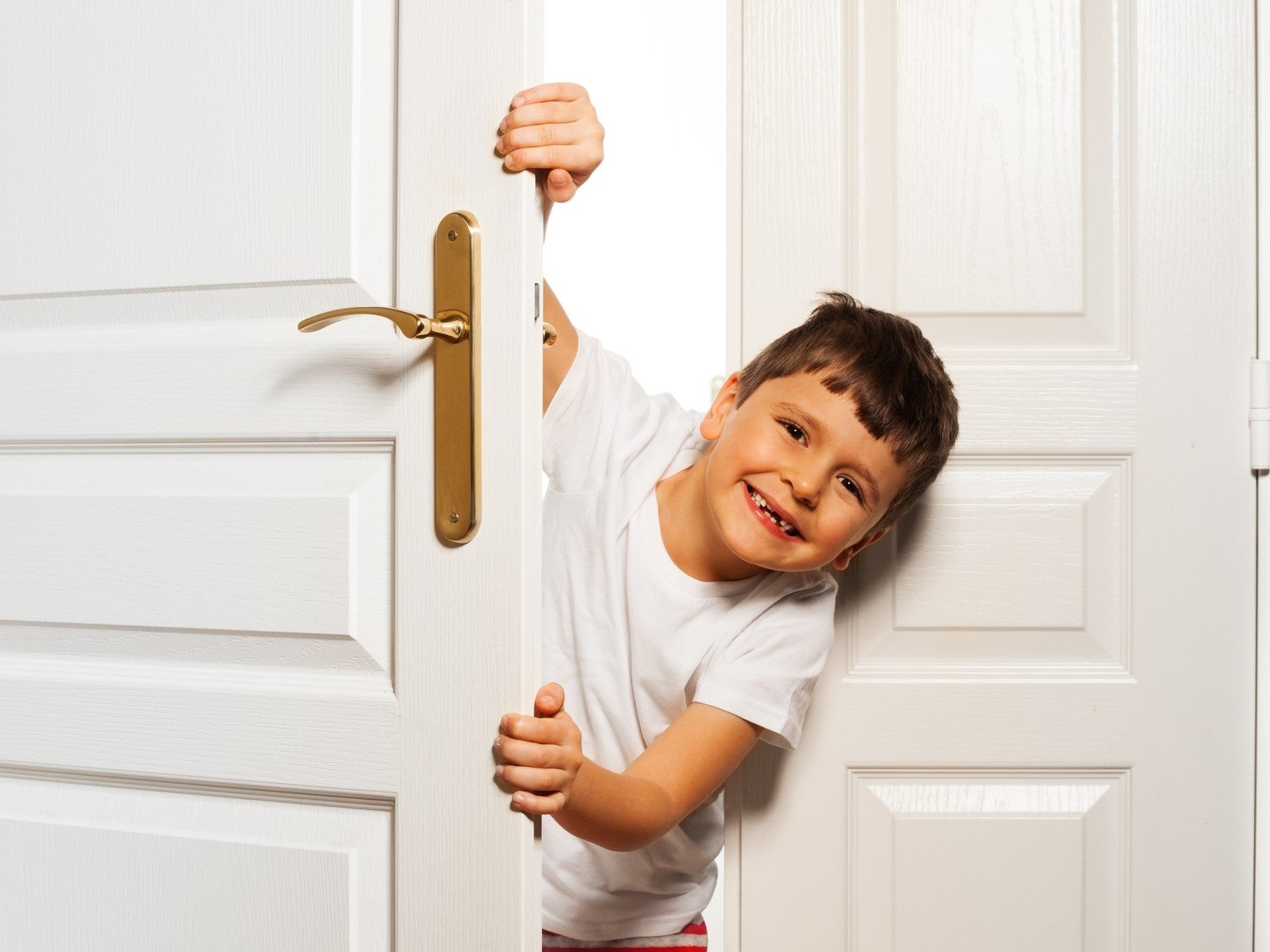
The simple therapy strategy of correct positioning of the lips, tongue, and jaw prior to speaking assists in tongue placement for a good /s/. It’s beneficial not just for isolated speech sounds but supports consistent carryover as well. It helps remediate other speech sounds, too.
This week is Part B of how to do Oral Resting Posture (ORP) Therapy. Last week’s Part 3 covered need-to-know ORP therapy details. Click herefor Part A to get up to speed.
Hello Dedicated SLP!
Whew! We’ve come a long way. Thanks for hangin’ in there! This is the final offering of the four blogs on ORPs. We’ve completedORP information,analysis and the first therapy-phase(The Preparation Phase) now we’ll address the following final two carryover therapy-phases: The Timeline Phase and The Association Phase.
Here we go….
The Timeline Phase
Prior to advancing toThe Timeline Phase the child must be able to place his jaw, lips, and tongue in the desired positions and breathe nasally for a minimum of five to ten seconds.
The Timeline Phase is the first of the two carryover phases. Timeline oral resting posture practice requires him to pause, focus on his mouth, and assume positions with his lips, tongue, jaw, and nose that are new and unfamiliar.
Consistent practice generate familiarity and most importantly builds oral muscular endurance. When at rest the jaw, lips, and tongue muscles are in “mind tonus contraction,” i.e. they exert minimal muscle contraction. The muscles are not relaxed nor tight, they’re in between.
The term “rest” in “resting posture” refers to non-movement, non-function times, as in the times between speaking, chewing, swallowing. Muscular endurance is needed to maintain consistent lip closure and the anti-gravity lift for the elevated, on-top tongue position.
Start the child with short-term oral resting posture practice then slowly over time, increase his muscular endurance by increasing his amount of position-time from 10 seconds up to around six minutes, on average.
Initially, both you and he do the task simultaneously. Direct him to get into position: Tongue on top (no tongue curling; the underneath part of the tongue “goes away”), jaw elevated, lips closed, and breathing through the nose. Count to ten silently on your fingers one count per second. When done, ask the child to keep his tongue in position, open and show you his tongue to make sure it stayed on top.
During the course of your therapy, tell him…
-
“Over the weeks, as he is able to do longer and longer amounts of time, his mouth-muscles will get stronger and it will get easier to stay in position.”
-
“Although the new positions don’t feel wonderful now, there will come a time when the old, lips open, tongue down position will feel awkward and uncomfortable and the new positions will feel familiar and natural.”
-
“Anytime he feels he needs to inhale deeply--take a deep breath through his mouth--he can do so. He can also yawn and swallow saliva when he needs to.”
Encourage the child to improve each week. In fact, tell him you expect it.
Timing-task suggestions
Do deliberate, sustained practice that increases in minutes, over time.
-
Use a metronome (app); set it to beat one time per second and he holds his ORP.
-
Use a stopwatch, or second hand, or Time Timer as he does his ORP.
-
Do a simple, non-verbal activity or game simultaneously. For example, stacking blocks; the higher the block tower, the longer the posturing time, or put swords in the Pirate Pop-up game, etc.
-
Color a picture; color part of the picture each time over several therapy sessions as he does his ORP practice.
You might be wondering, if the child’s lips are closed how do you know if he’s maintaining an on top tongue position?
-
Periodically ask the child, “Where’s your tongue?” If he immediately opens his mouth and his tongue is on top, it was probably up. If he took a few “searching” moments to respond, his tongue may not have been in place.
-
With your gloved hand, discretely lower the child’s lip to see if you see his tongue, or
-
Look under his chin for the presence of a “bulge” of relaxed tongue muscles, indicating that the tongue is down at that moment. If you don’t see a “bulge” (an accumulation of extrinsic tongue muscles), that’s good. It probably means him tongue is up.
The Association Phase
The second carryover phase,TheAssociation Phase, requires the child to find and maintain his desirable posture for at least five continuous minutes.
The goal ofThe Association Phase is to practice and achieve consistency and automaticity of his oral resting posture in everyday life. The assignments involve practice during activities and events that he does on a daily basis. The transition occurs gradually over time, typically, over a couple months.
As you move through the process with him, keep in mind that complete and permanent change is dependent on:
-
Positioning: Jaw, lips, tongue positioning and nasal breathing
-
Muscle Endurance: the longer and the more life-situations he is able to do his ORP the more capable his muscles become, as well as
-
Psychological Satisfaction: The operative word iscomfort; we humans tend to do what feels right. He must ask himself, “Do my new mouth-positions feel familiar and can I live with them?”
Do ORP practice during your therapy sessions and assign him ORP tasks to do outside the therapy room. As the child becomes competent and consistent, you’ll see more consistent ORPs during therapy when you are not directly working on his ORP. Be observant. Also, to keep up with his progress, talk with teachers and his parents/caregivers.
Following are activity suggestions. Choose the ones that fit you and your kids—then create some more!
Strategies to use during therapy
Take a few minutes at the beginning of the therapy session and do one or two of the following:
-
Alternate his new, good resting posture with his former not-so-good resting posture.
-
Pick a tune and hum—with lips closed, tongue up, and jaw gently relaxed.
-
For groups of kids that read, do alternate reading. While one child reads, the other one sits with good ORP. Then the other person reads, etc.
-
For non-readers, look at pictures. One child describes, while the other listens and does his good ORP.
-
Count out loudslowly: 1 - 2 - 3 - 4 - 5 - 6 - 7 - 8 - 9 - 10. As he counts out loud, in between each number, he does his good ORP. (The in-between pause should be 2 to 3 seconds.)
-
Do visualizations. Ask him to picture himself doing good resting postures, then ask, “How do you look?” “How does that make you feel?”
We can help and guide the child to think of his ORPs but ultimately, he’s in charge of his own lips, tongue and jaw and is responsible for his results. Our job is to motivate him, give him opportunities, and set him up for success.
The non-verbal signal (reminders inside and outside the therapy room)
During therapy, you and the child decide on the best non-verbal signal to be used by others to help him focus on his ORP.
-
The signal can be a one-finger tap on the lips, nose or chin, an earlobe pull, or laced fingers, a thumbs-up, or you name it.
-
Share the signal with teachers and family members.
-
Emphasize that the signal is not a reprimand, it’s a REMINDER. Say to him, “Your brain can’t think of everything, so when you see someone do the signal double-check your mouth-posture. Are your lips together and tongue up? If they are congratulate yourself. If they aren’t, put in the position, and move on.”
Specific reminders
Use the following ideas for in school and/or outside of school. Do good ORPs every time he:
-
Sees a red car (make a game out of it)
-
Sits in a specific chair
-
Plays a computer game, etc.
-
Passes or goes through a designated door
-
Looks at himself in a mirror
Additional ideas:
-
Place reminder-stickers in strategic places: by or on a phone, TV, bathroom, bedroom mirror, etc.
-
Select a “reminder person” and every time he’s with that person he checks and does his good ORP.
-
Write RP (for Resting Posture) on a sticky note and place it on his notebook or on his desk. Ask the teacher to discretely write RP on the board (only the teacher and the child know the meaning).
-
Ask his parent/caregiver to place nice reminder notes for him in his lunchbox.
Daily activities practice
Do good the oral resting posture:
-
While getting dressed in the morning and/or in the evening.
-
During morning activities.
-
On the bus, going to and/or from school.
-
In the car, going to and/or from school.
-
While doing homework; choose a subject, such as silent reading or math. As the weeks go by add additional subjects.
-
While in conversations; he does good ORP while the other person talks.
An additional helpful strategy is the The Accountability Loop. I described the process in the#15 Therapy Matters, “Two Easy Ideas to Impact Homework & Communications.” Check out The Accountability LoopHERE. It’s easy to implement.
Change is a gradual process. Be patient and consistent and keep your expectations high. Assure him that in the very near future his good ORP and will feel sooo much better than the old posture, his speech will benefit, and the new ORP will be a normal part of life.
Including and changing the oral resting posture is extremely beneficial. I’ve done it for years with amazing success. It may sound rather complex, but once you do it with a child and you see the benefits, you’ll be motivated to do it with other children.
Hang in there—the new year is coming! Thank you, again, for all you do.
Have a wonderful holiday season,
Char Boshart
P.S. If you’re interested in the ORP and want even more specifics on the subject check out my book,“The Key to Carryover: Change Oral Postures to Fortify Speech Production.” It’s a little book packed with helpful info and therapy ideas!
Leave a comment (all fields required)
Comments will be approved before showing up.

![#71 Telepractice Tips 'n Info (Part 4) [Is my child working or just playing games?]](http://speechdynamics.com/cdn/shop/articles/Game_Pieces_and_Hand_7_x_3_2048x.jpg?v=1605804364)